.jpg)
Outdoor Learning and Play
The Importance of children spending time outdoors in nature!
It’s time to get outside in the fresh air with your children this spring and summer. Spending time outdoors with your children can be hugely beneficial to them, this blog explores the benefits of natural outdoor play for your children.
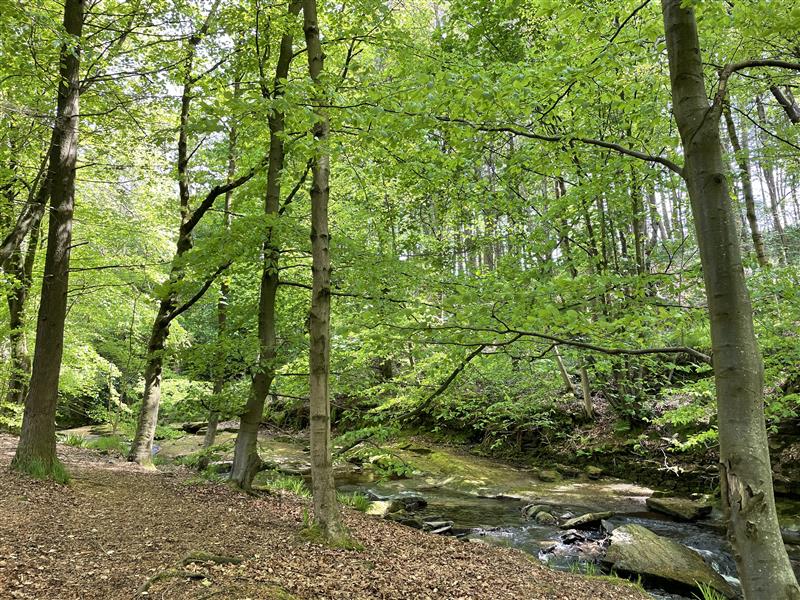
Why It Is Important To Spend Time Outdoors?
Spending time outdoors is crucial for children’s physical, mental, and emotional development. Below are the reasons why:
- Physical Health:
- Strong Bones and Muscles: Outdoor play helps children build strong bones and muscles.
- Balance and Coordination: Outdoor nature activities improve children’s balance and coordination.
- Mental Health and Well-Being:
- Reduced Stress and Anxiety: Spending time outdoors has a calming effect on children.
- Boosted Mood: Being outside doing nature activities improves overall mood and happiness.
- Creativity and Problem-Solving: Outdoor play encourages creativity and problem-solving.
- Academic Competency:
- Children’s Nature Activities: Exposure to different natural environments broadens children’s perspectives. They learn about animals, ecosystems, and the world around them.
- Critical Thinking: Making connections in nature fosters critical thinking. For example, exploring a river teaches not only about numerous animal habitats such as fish, birds, insects, etc, but also where drinking water comes from.
- Connection to Food:
- Gardening: Nurturing a small garden connects children to their food sources. Learning how vegetables grow and participating in planting and harvesting can be both educational and rewarding.
- Appreciation for the World:
- Diverse Nature: Introducing children to unique animals, landscapes, and climates encourages appreciation for the world’s diversity.
- Understanding Their Place: Children will learn to understand their place within the environment and foster a sense of responsibility.
With all these benefits of how being out in nature positively supports children’s well-being. Studies have shown that children still spend less time outdoors than previous generations! Parents, teachers, and caregivers should positively promote spending time outdoors for all children and encourage them to explore, play, and learn in nature to positively impact their lifelong well-being!
The Benefits Of Outdoor Play:
Spending time outdoors is crucial for children’s physical, mental, and emotional development. We have touched on some of the benefits above, but let’s explore deeper into some of the health benefits of children’s outdoor activities:
- Physical Health:
- Strong Bones and Muscles: Outdoor play helps children build strong bones and muscles. Activities like running, climbing, and playing sports contribute to their physical fitness.
- Balance and Coordination: Engaging in outdoor play and exploration improves balance and coordination. Exploring uneven terrains, climbing, and playing in natural environments contribute to physical fitness.
- Healthy Weight: Regular outdoor play helps maintain a healthy weight by burning calories and promoting an active lifestyle.
- Mental and Emotional Well-Being:
- Reduced Stress and Anxiety: Being in nature reduces stress, anxiety, and depression. The natural environment, fresh air, greenery, and open spaces reduce stress and anxiety levels and have a calming effect on children.
- Boosted Mood: Spending time outdoors boosts overall mood and happiness. Sunlight exposure stimulates the production of serotonin (the “feel-good” hormone), improving overall mood.
- Creativity and Problem Solving: Outdoor play encourages creativity, independence, and problem-solving. Children invent games, explore, and adapt to changing environments.
- Independence: Exploring the outdoors fosters independence and self-reliance.
- Social Connection:
- Friendship and Connection: While the pandemic impacted outdoor social interactions, children expressed a desire to spend more time outdoors with friends in the future.
- Nature and Each Other: Natural spaces provide opportunities for connection with both the natural world and peers.
- Vitamin D Benefits:
- Sun Exposure: Spending time outdoors raises vitamin D levels, which is essential for bone health and protection against future health issues.
In summary, outdoor play is not only fun but also vital for children’s holistic development. Let’s encourage them to explore the great outdoors!
Children’s Outdoor Activities:
There are so many wonderful and fun nature activities that can be done in school or with parents, here are 5 hand-picked children’s nature activities that we have found for you to enjoy in school or out and about in nature with friends and family:
- SPUD: This is a great outdoor ball game for groups of children. All you need is a very soft ball (a foam ball) so no one gets hurt and a group of children!
The aim of the game: To run as fast and far as possible from the person who is throwing the ball and dodge the ball when it is thrown at your feet.
How to Play:
- Form a circle around the person with the ball. They will be the thrower or the person who’s “on”. Everyone in the circle should be around an arm's length away from the person who’s “on”.
- The person who’s “on” must throw the ball in the air to start the game. Once thrown the players in the circle must run away from the thrower. At the same time the person who is “on” must catch the ball. Once caught they must shout “SPUD!” on hearing “SPUD!”, the players must freeze.
- The person who’s “on”, must then try and tag the players by throwing the ball at them. The frozen players can try and dodge the ball but must keep their feet still. If a player is tagged, they get the letter “S” and then moves into the middle of the circle to be the person who is “on”, the thrower.
- If the person who is “on” misses, the players move back to form a circle around them, and the game is repeated until someone is tagged.
- The game is played until all the players playing get all four letters of the word “S-P-U-D.” Once they do, they are out. The game is played until there is only one player left, who will be crowned the winner!
- RAINBOW CHALLENGE: This is a lovely nature activity to be played anywhere outdoors with children, e.g. playgrounds, parks, woods, and gardens. All you need is a bag/pot for the children to collect their bounty and a watch! Then set the children the challenge of finding as many items as possible that form the colours of the rainbow. Let the children know that they have a time limit and encourage them to run around the area looking for and collecting items of different colours. Once the time is up, ask the children to come together and order their findings in the colours of the rainbow. What have they found that are red, orange, yellow, green, blue, indigo and violet? Help younger children to sort their items by colour.
For an added challenge ask the older children to find items of just one colour e.g. items that are yellow or green…
- CRAYON RUBBINGS: This is a lovely activity that most adults have done when they were at school. A fun art game that is simple but catches the imaginations of all children!
How To Make Crayon Rubbings: With this nature activity show the children what to do before letting them do it. Take a wax crayon (remove any paper coverings around them), a piece of A4 paper and a leaf that looks interesting. Place the interesting leaf on a flat surface and place the piece of paper over it. Begin to rub the wax crayon over the paper until the leaf's outline begins to show through the paper. The children will be amazed as the leaf appears on the page!
How To Play:
- Make sure there are tables, A4 sheets of paper and crayons set up outside for the children.
- Once outside set the challenge of asking the children to make as many different leaf rubbings as possible (using the tables if needed to do the rubbings). The children should only use leaves that have fallen off the trees.
- Set a time limit of 10 to 20 minutes for the children to gather and do their leaf rubbings.
- The child that has the most leaf rubbings of different types of leaves wins!
- Once back at the tables ask the children to take a close look at their leaf rubbings. Can the children talk about the differences between the leaves they have collected? Looking closely at the shapes, colours, sizes, and veins of their leaves. Can the children name the tree that the leaves come from?
- To further the play, ask the children to continue with art rubbings but choose different subjects such as tree trunks, flowers, stones etc.
- NATURE PHOTO SCAVENGER HUNT: Children of all ages love scavenger hunts and they are a great way of spending time outdoors! There are so many that you can do. But a wonderful way of getting children in tune with nature is by taking the scavenger hunt outside and looking for items in natural environments. Thus, inspiring a love of nature, and the outdoors as well as developing their cognitive skills.
How To Play:
Like some children’s nature activities, a nature scavenger hunt takes a little bit of time to prepare for. Luckily you don’t have to hide items. Instead go outside to the designated area (playground, woods, park, garden etc.) and note down what you want the children to find. Using your notes make a list of plants, trees, and animals that you want your children to find. Then:
- Split your children into groups.
- Give each group the scavenger hunt list and a camera/iPad for children to take photos of the items.
- Show the children where the boundary of the scavenger hunt lies.
- Let the children go off and find and photograph the items on the list.
- The first team to find and photograph the items wins!
- DEN-BUILDING: Den-building is a fantastic children’s outdoor activity that encourages spending time outdoors, outdoor play, creativity, teamwork, and a connection with nature. Den-building can be done at school in the playground, or outside of school in woods, parks and gardens. In preparation for den-building make sure the area you are building in has sufficient logs, branches, sticks, leaves etc. If not, be prepared and bring along den-building materials to help the experience. Here are some fun den-building ideas:
- Teepee-Style Den:
- Find a tree with low down a fork in the branches.
- Prop some long, straight sticks in the fork and fan them out to create a frame. These can be found in the outdoor area you are in or be prepared and bring along some bamboo canes or large branches just in case!
- You can either find bendy sticks and weave them between the upright sticks to make the walls. Or you can bring along some old sheets to wrap around the upright sticks.
- Leave a gap at head height for a window.
- Cover your den with natural materials like moss, twigs, dried leaves, and grass to make it weatherproof and camouflage it.
- Tent-Shaped Den:
- Find two forked trees that are close together.
- Place a long stick between them.
- Prop a row of sticks against the long stick on each side to create a tent shape.
- Weave bendy sticks in and out of the upright sticks. Or use some old sheets to cover each side.
- Add natural materials like moss, twigs, dried leaves etc to the shell to complete your den.
If you simply want your children to build a den in your garden, dens can be built using trees as shown above. Or, if you don’t have trees use a garden bench, old sheets and pillows to make a little hideout.
Once built let your children crawl inside the den and explore it. What can they see on the floor? Get them to close their eyes and listen to the sound of nature. What can they hear? Let the children’s imagination run wild and decide what sort of den it will be – will it be a pirate ship, a fairy castle, a dragon’s cave or a café?
Product Spotlight
Den-building is all about spending time outdoors, having fun and letting the children’s creative juices flow!
Remind the children that when den-building they must:
- Be Considerate: Woods, parks and even gardens are home to shy animals and fragile plants, so be mindful of where you are building your den.
- Natural Materials: Collect fallen branches, sticks, and leaves from the ground and don’t break or pick anything off living trees and plants.
- Safety: Don’t use bracken or ferns, as these can be home to ticks.
- Dismantle Your Den: Take down your den before you leave. You can build a new one next time you visit the outdoors.
Outdoor play is so important for children’s physical and mental well-being. So, let them get outdoors more often to soak up the sun, breathe in the fresh air, and have a blast whilst at the same time learning through children’s nature activities!
Contact Us Today to get started on your very own outdoor project to inspire outdoor play wih your pupils!

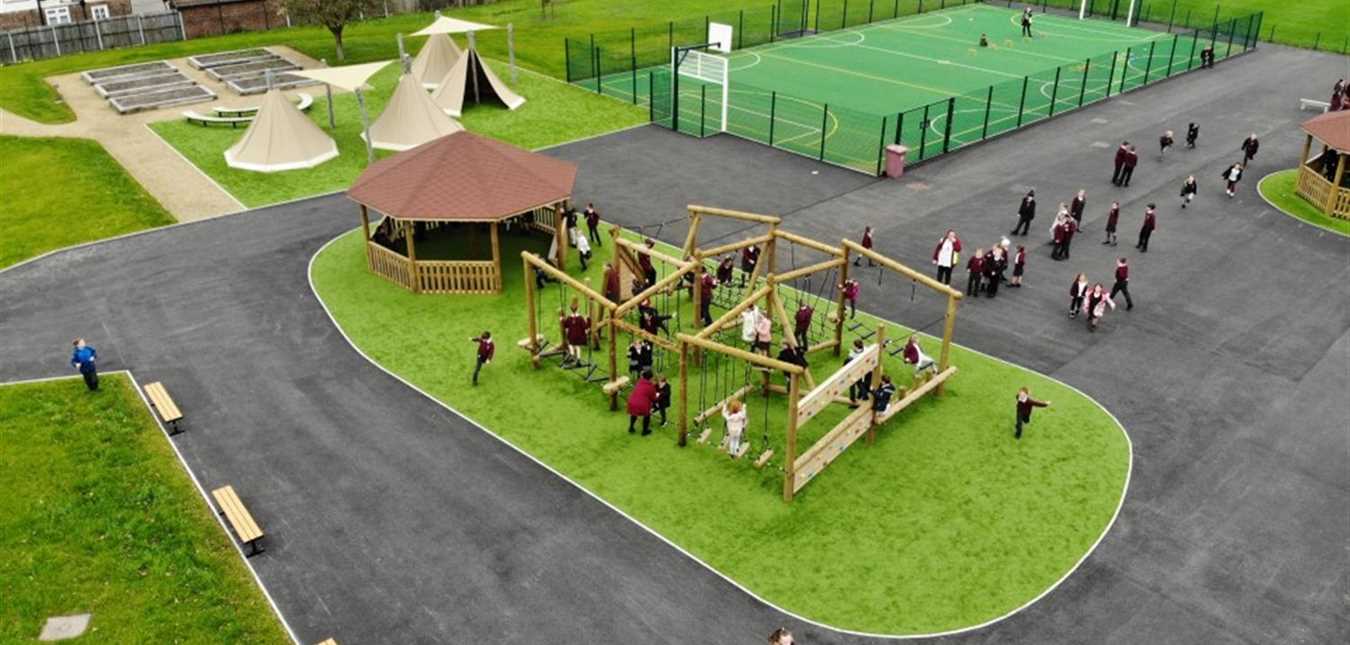

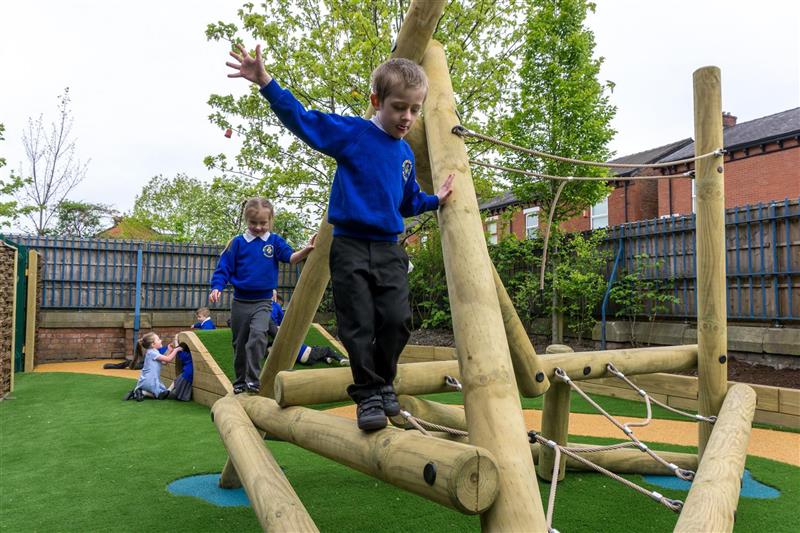
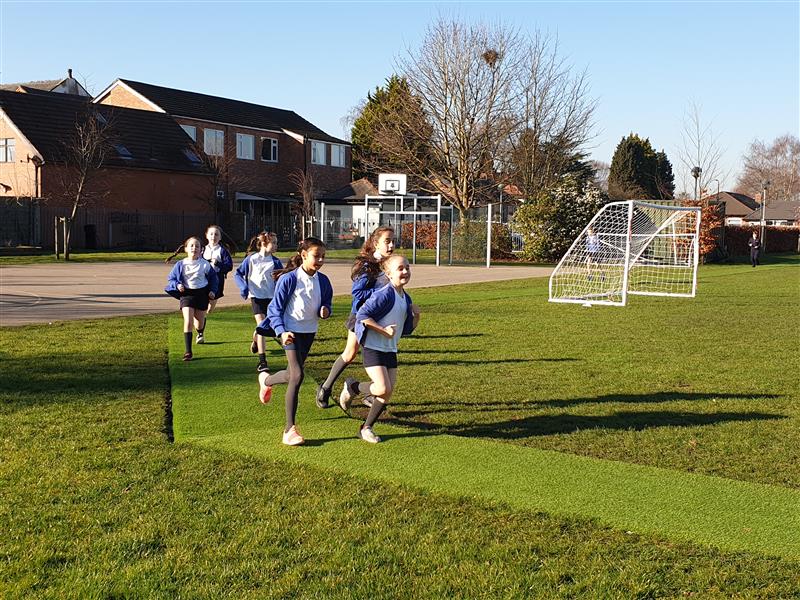
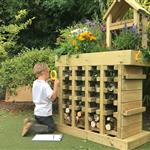



.jpg)
.jpg)